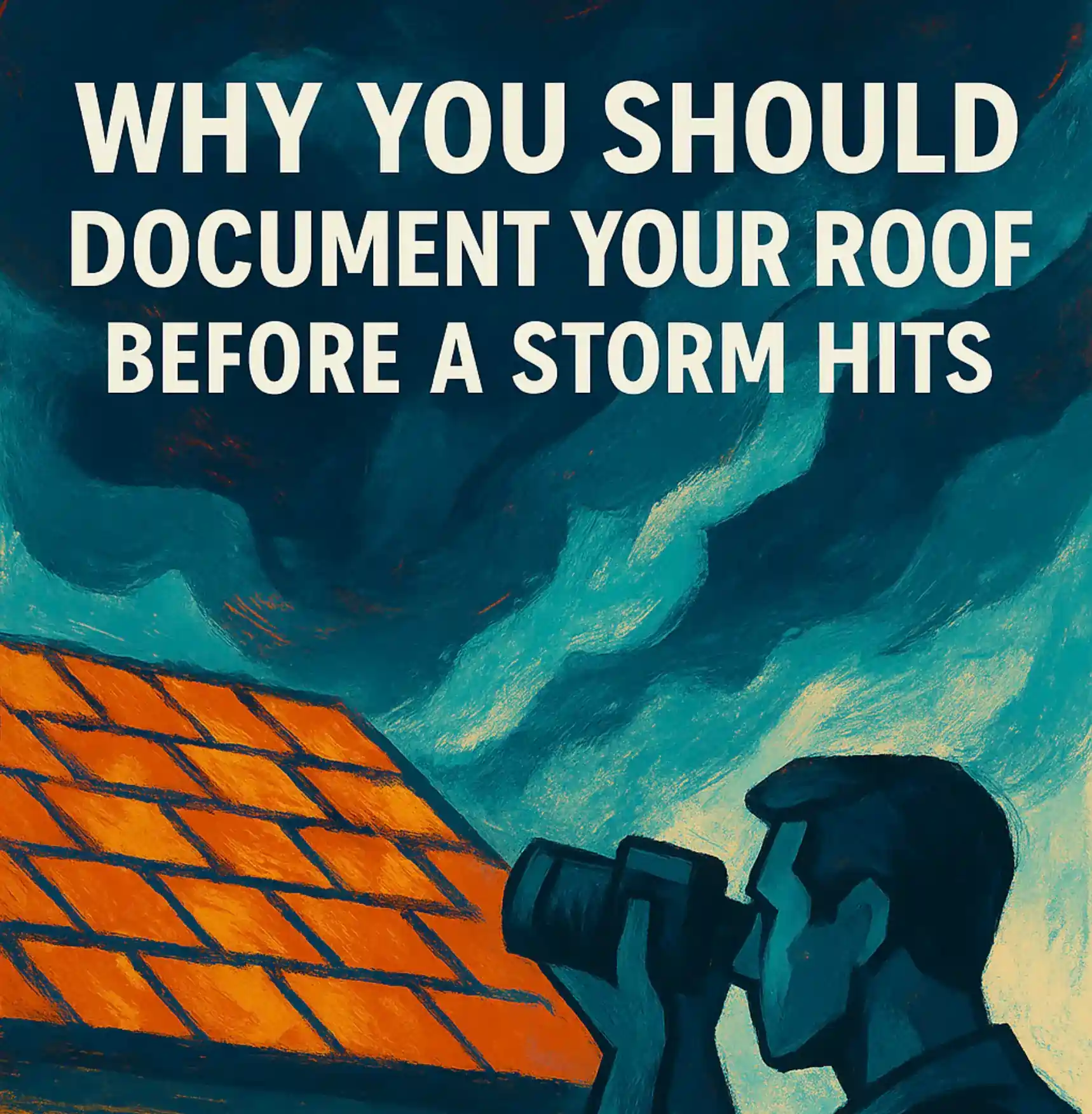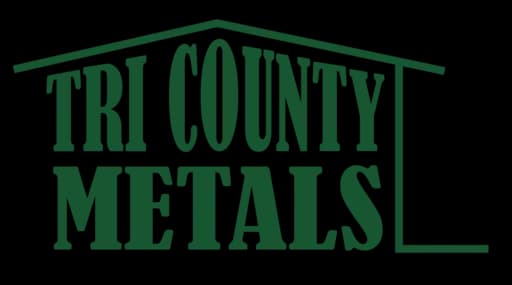On September 15, 2017, the Department of Business and Professional Regulation (DBPR) took a step toward protecting Florida consumers dealing with roof damage from Hurricane Irma. Under Governor Scott’s emergency declaration, the DBPR issued Emergency Rule 2017-07396 (Order 17-235), allowing certain exceptions to licensing rules. This order will remain in effect until officially rescinded.
While the rule may seem helpful on the surface, it has potentially harmful consequences for homeowners seeking quality roofing repairs in the aftermath of a storm.
How Emergency Rules Can Create More Problems
The emergency rule allows two major exceptions to Florida’s usual roofing license requirements:
Take the first step
Schedule a fast, no-pressure visit. Since 1987 we’ve got you covered.
Get started- Division I contractors (general, building, or residential contractors) can now legally perform re-roofing work.
- County-level roofing contractors can pull permits and perform work outside their local jurisdiction.
While this may speed up recovery efforts, it opens the door for “storm chaser” contractors—those who travel to disaster zones, complete quick jobs, and then leave. These out-of-town contractors often aren’t familiar with Florida’s unique building codes and weather challenges, and they won’t be around to service the roof when issues arise.
Additionally, allowing more contractors to pull permits doesn’t increase the local labor force or improve material availability. In fact, it often creates shortages and drives up costs for materials and services. Loopholes also increase the risk of unlicensed subcontracting, further compromising quality.
Bottom line: Just because work is legal under an emergency rule doesn’t mean it’s the best or safest option. It’s worth waiting for a trusted local roofing contractor.
What Should Homeowners Consider After a Hurricane?
We understand that storm damage is urgent and stressful. But rushing into a roofing contract with an unknown or non-local company can cost you more in the long run.
It’s common to hear complaints from homeowners who went with the first available roofer—only to discover shoddy work or incomplete jobs after the contractor disappears.
At SonShine Roofing, we’ve been serving Sarasota, Manatee, and Charlotte Counties for over 30 years. We understand Florida’s codes, climate, and construction standards—and we’re here to stay. While we may be busy after a storm, the benefits of waiting for a quality contractor far outweigh the risks of hiring a fly-by-night operation.
To protect yourself, always verify a contractor’s license status using the Florida DBPR license search and ask whether they’ll be available for warranty follow-up after the work is done.
Don’t Get Caught by Storm Chasers
Quality roof repair matters more than ever after a hurricane. Choose a local expert who will be here tomorrow, not just today. Contact SonShine Roofing to discuss your post-hurricane roof repair options.
We’ll help you make decisions that protect your home—not just now, but for years to come.















